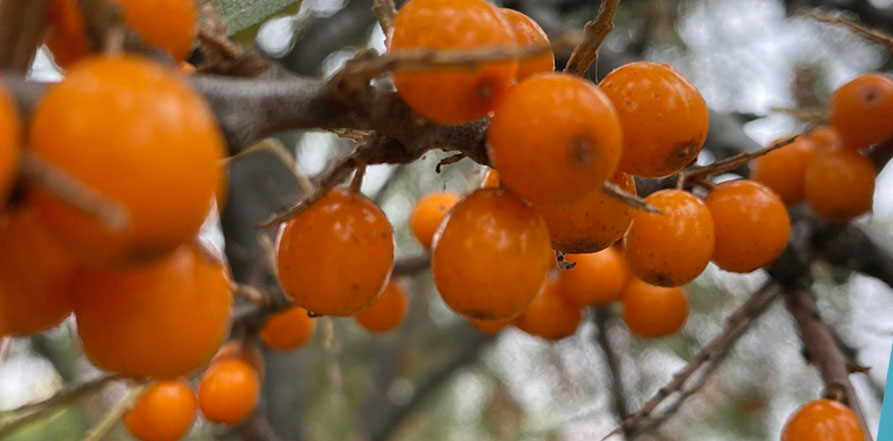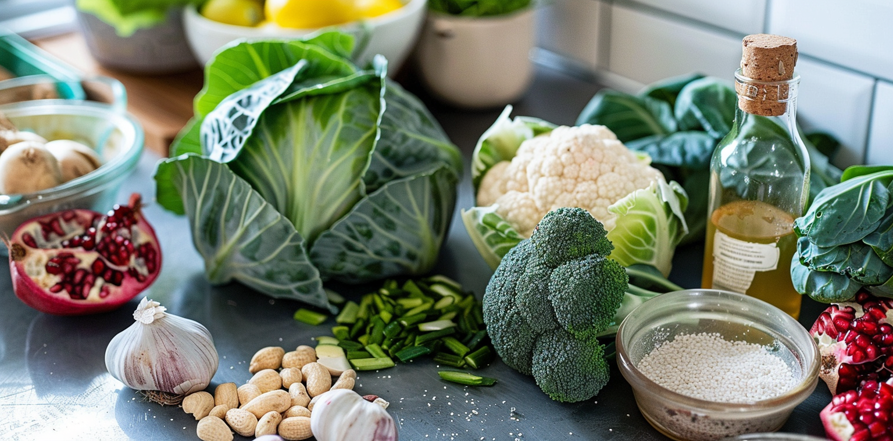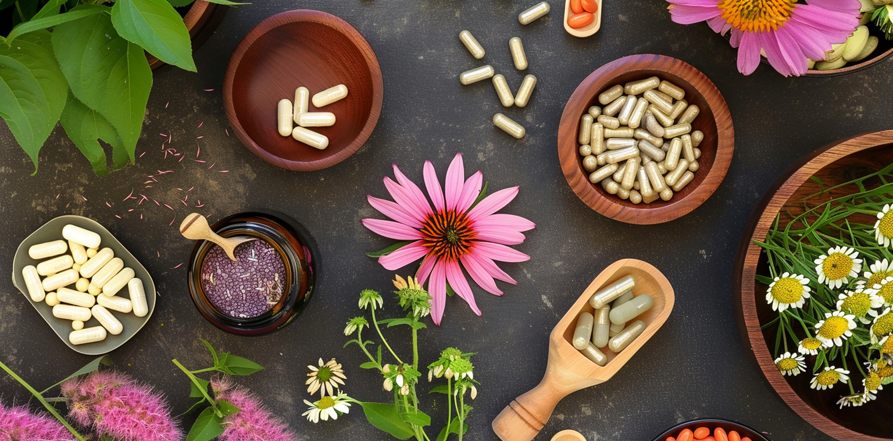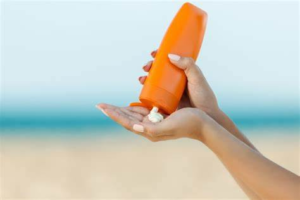By Donnie Yance
In July 2014, I wrote about “The Unique Health Benefits of Siberian Sea Buckthorn Oil” (read the original article here). Today, I’m excited to expand on this topic with fascinating new insights about its potential for athletic performance.
Ever wondered why some athletes seem to recover faster and perform better? While training and genetics play their part, emerging research suggests that a remarkable orange berry—used in traditional medicine for over 1,300 years—might hold the key to enhanced athletic performance and recovery.
Continue reading “Sea Buckthorn: The Ancient Berry That Can Boost Your Athletic Performance & Recovery”






